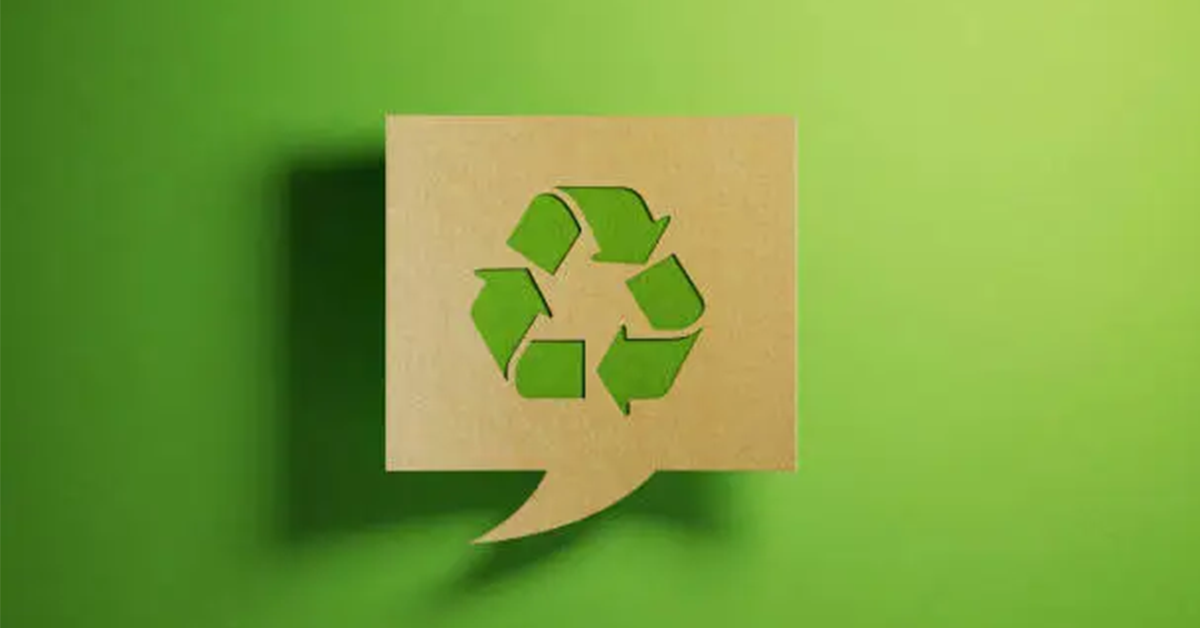5 min read
Global Chemicals Market Q3 2025: Volatility Amid Overcapacity and Trade Tensions
ResourceWise
:
Sep 12, 2025 12:33:15 PM

The global chemicals industry is navigating a landscape of modest growth projections overshadowed by persistent challenges. The sector is on track for a 2.3% year-over-year expansion, pushing the market value to $6,324 billion from $6,182 billion in 2024. However, overcapacity—particularly from China—trade disruptions, and softening demand in key regions like Europe have kept margins tight.
In this round-up, we'll spotlight key developments tied to chemicals, including olefins like ethylene and propylene, aromatics such as benzene, polymers (HDPE, LDPE, PP, PVC), and specialties like acrylates and glycols.
Petrochemical Feedstocks: Stability Amid Tariff Headwinds
Q3 saw petrochemical feedstocks like ethylene, propylene, and benzene holding relatively steady, but executives are sounding alarms over U.S. tariffs exacerbating an already strained sector.
Global aromatics trade flows have plummeted 35% over the past five years, with Asia dominating production while the U.S. shifts focus to downstream derivatives like glycols and polymers.
Benzene prices stabilized in early Q3, buoyed by steady derivative demand despite crude volatility. In Asia, spot prices for benzene dipped slightly in early August, reflecting weak propylene trends but a minor uptick in butadiene.
Ethylene and propylene markets echoed this caution. Propylene imports in Northeast Asia weakened after a brief rebound.
Cumene and ethylbenzene followed suit, with derivative chains like phenol seeing mixed earnings in petrochemical giants' Q2 reports.
Polymers: Flat Prices and Looming Expansions
Polymers dominated Q3 headlines, with HDPE, LDPE, PP, and PVC grappling with oversupply and regional demand quirks. North American recycled LDPE pellet prices edged up in Q3, fueled by post-consumer resin (PCR) mandates and steady legislative tailwinds. Virgin LDPE and HDPE prices trended flat to down, heading into Q3's close, as broader resin markets absorbed excess capacity.
Polypropylene (PP) faced a "double complication" in Europe: stagnant demand and ballooning supply, marking 2025 as a tough year for players. Prices for the "big five" commodity resins (including PE, PP, PS, PVC, and PET) remained subdued through July, with no major rebounds in sight. PVC outlook darkened further, with Europe's supply-demand imbalance threatening price recovery into Q4; U.S. expansions could add to global glut, though producers eye 5%+ demand growth.
Dow flagged positive polyethylene price action for September, a bright spot amid broader uncertainty for HDPE and LDPE. ABS and polystyrene (PS) mirrored the flat trajectory, with recycled PP pellets ticking up modestly. Japan's petrochemical majors announced a polyolefin merger in late Q3, aiming to counter China-driven overcapacity—a move that could ripple through global PP and PE chains.
Specialty Chemicals: Struggles for Acrylates, Growth for Glycols
Specialties showed divergence: acrylates and related monomers like butyl acrylate, ethyl acrylate, and methyl methacrylate (MMA) struggled to rebound in H2, plagued by weak global demand that began in Q3 2022. Alkyl acrylates are projected to surge to $19.8 billion by 2035, but Q3's soft spot persisted, with prices easing on crude swings.
Monoethylene glycol (MEG) and monopropylene glycol (MPG) benefited from U.S. production pivots, though Dow hiked prices on glycols in February and March—effects lingering into Q3.
DEG/TEG and PEGs saw steady uptake in surfactants and pharma apps. Broader specialties like ethanolamines (MEA, DEA, TEA) and fatty alcohols aligned with this resilience, per S&P Global's H1 trends extending into summer.
Regional Spotlights: Europe Lags, Asia Grapples with Restructuring
Europe's chemicals sector dubbed H1 "disappointing," with Q2 capacity utilization at 74%—well below long-term averages—and trade surplus down 17% Y/Y to €20.1 billion. High energy costs and weak demand hit VCM, EDC, and chlorine hard. The German Chemicals Industry Association (VCI) painted an even bleaker picture in early September, reporting Q2 production down 3.8% from Q1 and 3.1% from Q2 2024, with capacity utilization plunging to 71.7%—the lowest since 1991. Sales fell 5.2% to €52.2 billion, and producer prices dropped 0.6%, signaling no quick recovery. VCI forecasts stagnation for the full year, with chemicals production declining 2.0% and total sales dipping 1.0% to €221 billion.
Lanxess amplified these woes on August 14, slashing its 2025 EBITDA guidance to €520-580 million from €600-650 million amid weak demand and U.S. tariff uncertainties. The firm accelerated the closure of its hexane oxidation facility in Krefeld-Uerdingen, Germany, by the end and plans to shutter its aroma chemicals plant in Widnes, UK, citing uncompetitive costs. In the biofuels space, Associated British Foods confirmed the closure of Vivergo, the UK's largest bio-ethanol producer, by August 31, blaming regulatory favoritism toward cheap U.S. imports—now tariff-free under a recent UK-US trade deal—and the loss of subsidies for domestic wheat-based production.
Trade tensions escalated further with the EU's August 13 launch of an anti-dumping probe into terephthalic acid (PTA) imports from South Korea and Mexico, covering July 2024-June 2025. PTA imports to Western Europe hit 744,863 tons in 2024 (up from 640,758 in 2023), with 93% from those origins through May 2025, amid European capacity rationalizations at sites like Oxxynova and INEOS. This could impose duties, tightening supply for PET producers already facing import competition.
Asia, led by China, amplified overcapacity woes, with surplus chemicals capacity hitting 226 million tonnes by year-end. Japan's polyolefin consolidation signals broader shake-ups. Saudi Arabia revised Q2 chemicals production down 8.5-10%, peaking in March.
South Korea emerged as a restructuring hotspot in late August, with the government inking a deal with 10 major firms to slash naphtha cracking capacity (NCC) by 2.7-3.7 million tons—18-25% of the national total—by year-end, prioritizing mergers and output cuts before aid. This follows years of clinging to commodities amid Chinese and Middle Eastern gluts.
Yeochun NCC (YNCC), the third-largest ethylene producer, narrowly dodged default in mid-August via $220 million from owners Hanwha Solutions and DL Chemical, but shareholder clashes and bond maturities cloud its future. Firms like LG Chem (divesting Chinese copper foil stakes) and Hanwha (exiting European solar ventures) are curtailing overseas bets to focus on core survival, potentially stunting long-term growth.
India bucked the trend, with its chemicals market projected to hit $300 billion by 2025, up from $220 billion, fueled by China+1 shifts and specialty growth at 11% CAGR. Exports rose 4.2% in value through January, though imports grew faster; NITI Aayog's push for PLI schemes could re-rate stocks like Aarti Industries and SRF. Reliance flagged tariff risks for its oil-chemicals segment.
M&A Moves: DuPont Offloads Iconic Aramids
In a notable Q3 transaction, DuPont announced on August 29 the $1.8 billion sale of its Aramids business—including Kevlar® and Nomex® brands—to Arclin (backed by TJC), expected to close in Q1 2026. DuPont will pocket $1.2 billion cash, a $300 million note, and a 17.5% stake valued at $325 million. This follows the 2023 divestiture of its Delrin® polyacetal resin line to TJC, signaling a pivot from legacy fibers toward higher-margin specialties.
Looking to Q4: Cautious Optimism
Q3 underscored the chemicals market's resilience amid headwinds, with base chemicals like ethylene and benzene providing anchors while polymers and acrylates absorb glut pressures. Glycols and Indian specialties offer bright spots, but Europe's deepening slump and Asia's forced restructurings highlight fragility. As tariffs loom and OPEC+ deliberates, expect volatility—but global production growth of 3.5% in 2025 signals underlying momentum. Stakeholders in PTA, caprolactam, and PU systems should watch trade flows closely.
Upcoming Webinar: Dive Deeper into Market Pressures
Interested in exploring these challenges further? Join ResourceWise's live webinar, "From Closures to Overcapacity: Navigating Chemicals Market Pressures and Pathways Forward," on Wednesday, September 17, 2025, at 10:00 a.m. EDT (2:00 p.m. UTC). Experts will cover European plant closures, protectionism and trade impacts, Asian overcapacity, global uncertainties, supply-demand dynamics, and the potential of bio-based futures. Gain market transparency, global perspectives, strategic foresight, and sustainability insights.
Register now at https://www.resourcewise.com/from-closures-to-overcapacity.




